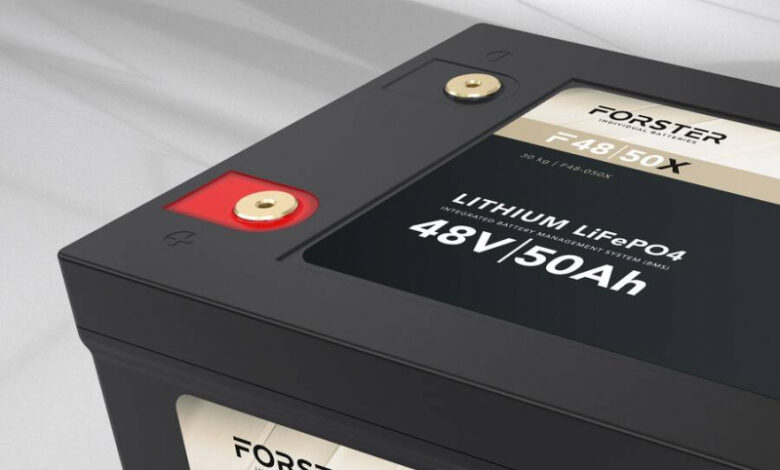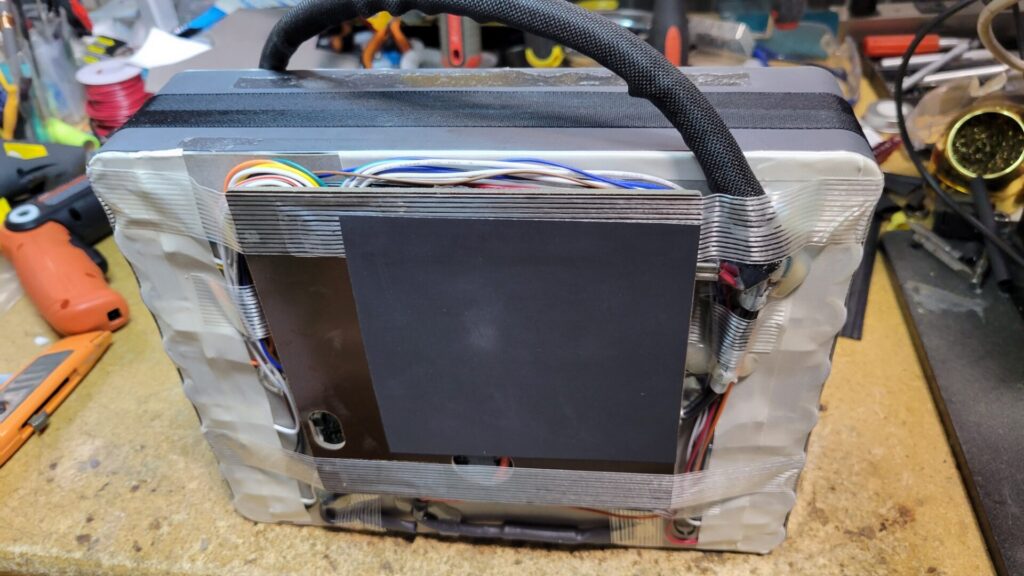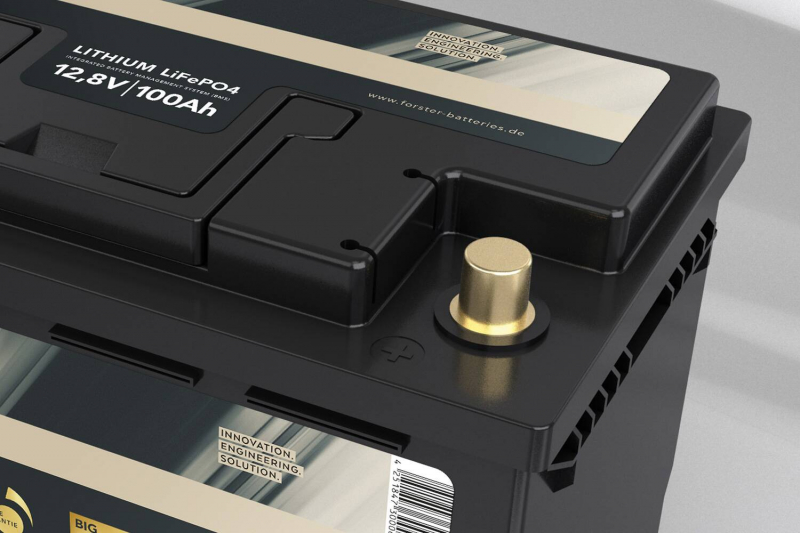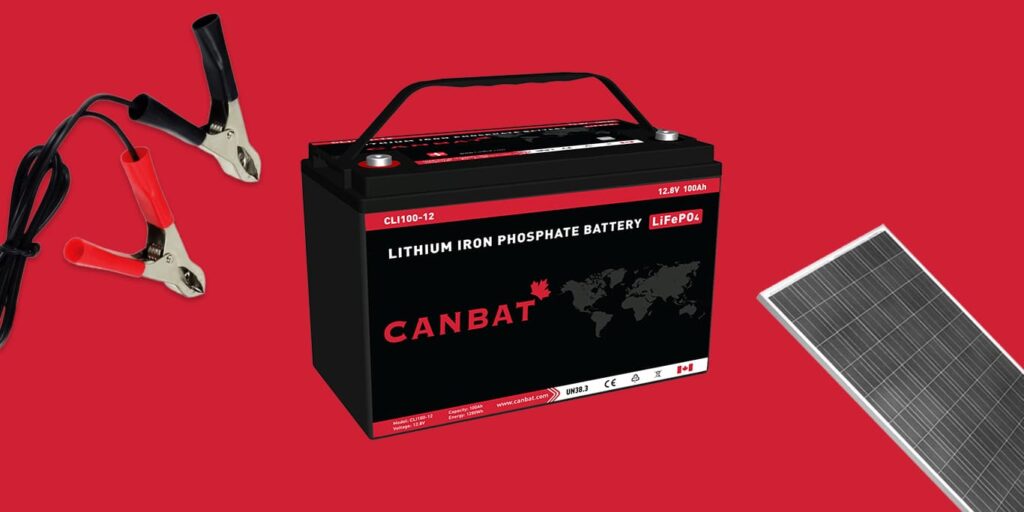LiFePO₄ batteries have gained popularity in recent years due to their impressive performance, safety, and longevity. These batteries are commonly used in a wide range of applications, from portable electronics to electric vehicles. While LiFePO₄ batteries are known for their durability, they still require proper storage techniques to maintain their performance over the long term. In this article, we will explore the key factors that affect LiFePO₄ battery degradation during storage and provide a comprehensive guide on how to store them effectively for extended periods.
Understanding LiFePO₄ Batteries
LiFePO₄ chemistry offers several advantages over other lithium-ion battery chemistries, making it a popular choice for various applications. Before delving into storage techniques, it’s essential to understand what sets LiFePO₄ batteries apart.
Advantages of LiFePO₄ Batteries
LiFePO₄, which stands for Lithium Iron Phosphate, boasts the following advantages:
- High Thermal Stability: LiFePO₄ batteries are less prone to thermal runaway and overheating, enhancing their safety.
- Long Cycle Life: These batteries can endure a high number of charge and discharge cycles, often exceeding 2000 cycles.
- Improved Shelf Life: LiFePO₄ batteries have a longer shelf life compared to other lithium-ion batteries, making them suitable for long-term storage.
Common Applications of LiFePO₄ Batteries
LiFePO₄ batteries find applications in various fields, including:
- Electric Vehicles (EVs): LiFePO₄ batteries are used in EVs due to their long cycle life and safety features.
- Renewable Energy Storage: They are employed in storing energy generated from renewable sources like solar panels and wind turbines.
- Portable Electronics: LiFePO₄ batteries power devices such as laptops, flashlights, and power banks.
- Medical Devices: These batteries are used in medical equipment like defibrillators and portable oxygen concentrators.
Factors Affecting Battery Degradation during Storage
LiFePO₄ batteries are renowned for their longevity, but they can still deteriorate when stored improperly. Understanding the factors that contribute to battery degradation during storage is crucial for maintaining their performance.
Self-Discharge Rate
All batteries, including LiFePO₄ batteries, experience self-discharge over time. This is the natural loss of charge when a battery is not in use. The self-discharge rate of LiFePO₄ batteries is relatively low compared to other lithium-ion chemistries, but it still needs to be managed to prolong storage life.
Temperature Sensitivity
Temperature plays a significant role in battery longevity. Storing LiFePO₄ batteries at extreme temperatures, whether too hot or too cold, can accelerate degradation and reduce their lifespan.
State of Charge (SoC)
The state of charge at which you store LiFePO₄ batteries is crucial. Storing them at a full charge (100% SoC) or in a deeply discharged state can lead to capacity loss and potential safety issues. Finding the right SoC is vital for long-term storage.
Exposure to Moisture and Humidity
Moisture and humidity can be detrimental to LiFePO₄ batteries. They can cause corrosion, electrical short circuits, and damage to the internal components. Proper storage conditions that minimize exposure to moisture are essential.
Physical Damage and Protection
Physical damage, such as punctures or dents in the battery casing, can compromise the safety and performance of LiFePO₄ batteries. Adequate protection during storage is necessary to prevent any mishaps. To explore related content, click on this link https://goldenmateenergy.com/blogs/goldenmate-blog/how-to-store-lifepo4-batteries.
Preparing LiFePO₄ Batteries for Long-Term Storage
Now that we understand the factors that affect battery degradation during storage, let’s explore the steps to prepare LiFePO₄ batteries for extended periods of storage.
Initial Charge or Discharge
Before storing LiFePO₄ batteries, it’s advisable to ensure they are neither fully charged nor deeply discharged. A state of charge between 30% and 60% is generally recommended. This helps prevent over-discharge or overcharge during storage.
Determining the Appropriate State of Charge (SoC)
The ideal SoC may vary depending on the intended duration of storage and the manufacturer’s recommendations. Check the manufacturer’s guidelines for specific SoC recommendations.
Cleaning and Inspecting the Batteries
Before storage, visually inspect the batteries for any signs of physical damage, leakage, or swelling. Clean the battery terminals and contacts to prevent corrosion.
Packaging Considerations
Choose appropriate packaging for your LiFePO₄ batteries. Plastic battery cases or battery holders are suitable for individual cells, while larger batteries may require custom packaging solutions.
Labeling for Easy Identification
Label each battery with relevant information, including the date of storage, state of charge, and any other important details. This makes it easier to manage and identify batteries during long-term storage.
Temperature and Humidity Control
Maintaining the right storage conditions is critical for preserving LiFePO₄ battery performance over time.
Ideal Storage Temperature Range
LiFePO₄ batteries should be stored within a temperature range of 20°C to 25°C (68°F to 77°F) for optimal longevity.
Avoiding Extreme Temperatures
Avoid exposing batteries to extreme temperatures, both hot and cold, as it can lead to irreversible damage.
Relative Humidity Control
Keep batteries in a dry environment with low humidity to prevent moisture-related issues. Humidity levels should ideally be below 60%.
Using Climate-Controlled Storage Solutions
For maximum control over storage conditions, consider using climate-controlled storage units or cabinets equipped with temperature and humidity monitoring and regulation systems.
Monitoring and Maintenance during Storage
Regular monitoring and maintenance are essential to ensure that stored LiFePO₄ batteries remain in good condition.
Regular Inspection Schedule
Set up a schedule for inspecting stored batteries, ideally every three to six months. Visually check for any physical damage, leakage, or changes in state of charge.
Voltage Checks
Measure the voltage of stored batteries using a multimeter. If the voltage drops significantly, consider recharging the batteries to the recommended SoC.
Charge and Discharge Maintenance
Periodically charge and discharge the batteries if long-term storage is expected. This prevents over-discharge and helps maintain the capacity.
Addressing Any Issues Promptly
If you notice any problems during inspections, address them promptly. Damaged or malfunctioning batteries should be safely disposed of or recycled.
Battery Management Systems (BMS)
Consider using a battery management system for larger battery banks. BMS systems help monitor and balance individual cells, ensuring even charge and discharge.
Best Practices for Long-Term Storage
To summarize, here are some best practices for storing LiFePO₄ batteries for the long haul:
Rotating Stock if Applicable
If you have multiple batteries in storage, implement a rotation system to use the oldest ones first. This prevents over-aging of stored batteries.
Periodic Charge and Discharge Cycles
For batteries in extended storage, periodically charge and discharge them to maintain their health and capacity.
Record-Keeping and Documentation
Maintain detailed records of battery storage, including dates, SoC, and inspection results. This helps you track battery health over time.
Safety Precautions
Always prioritize safety when handling and storing batteries. Use appropriate protective gear and follow safety guidelines.
Recycling and Disposal Considerations
When it’s time to retire batteries that are no longer usable, recycle them properly to minimize environmental impact.
Tips for Reviving Stored LiFePO₄ Batteries
If you have stored LiFePO₄ batteries for an extended period and they need to be revived, follow these steps:
Safety Precautions
Before attempting to revive a stored battery, prioritize safety. Wear protective gear, work in a well-ventilated area, and have a fire extinguisher nearby.
Slow Charging Method
Charge the battery slowly at a low current to prevent thermal stress. Monitor the voltage and temperature during the charging process.
Capacity Testing
After charging, perform a capacity test to assess the battery’s health. This will help you determine if the battery can still be used effectively.
Battery Conditioning Techniques
If the battery shows signs of improvement but still falls short of its original capacity, consider conditioning techniques, such as cycling the battery through charge and discharge cycles.
Conclusion
In conclusion, LiFePO₄ batteries are renowned for their durability and safety, making them a popular choice for various applications. Proper storage is crucial to ensure that these batteries maintain their performance over extended periods. By understanding the factors that affect battery degradation during storage and following the best practices outlined in this article, you can maximize the lifespan and reliability of your LiFePO₄ batteries, whether they power your portable electronics or electric vehicles. Responsible battery management and storage practices are essential for both safety and sustainability.
Source: Read Full Article






